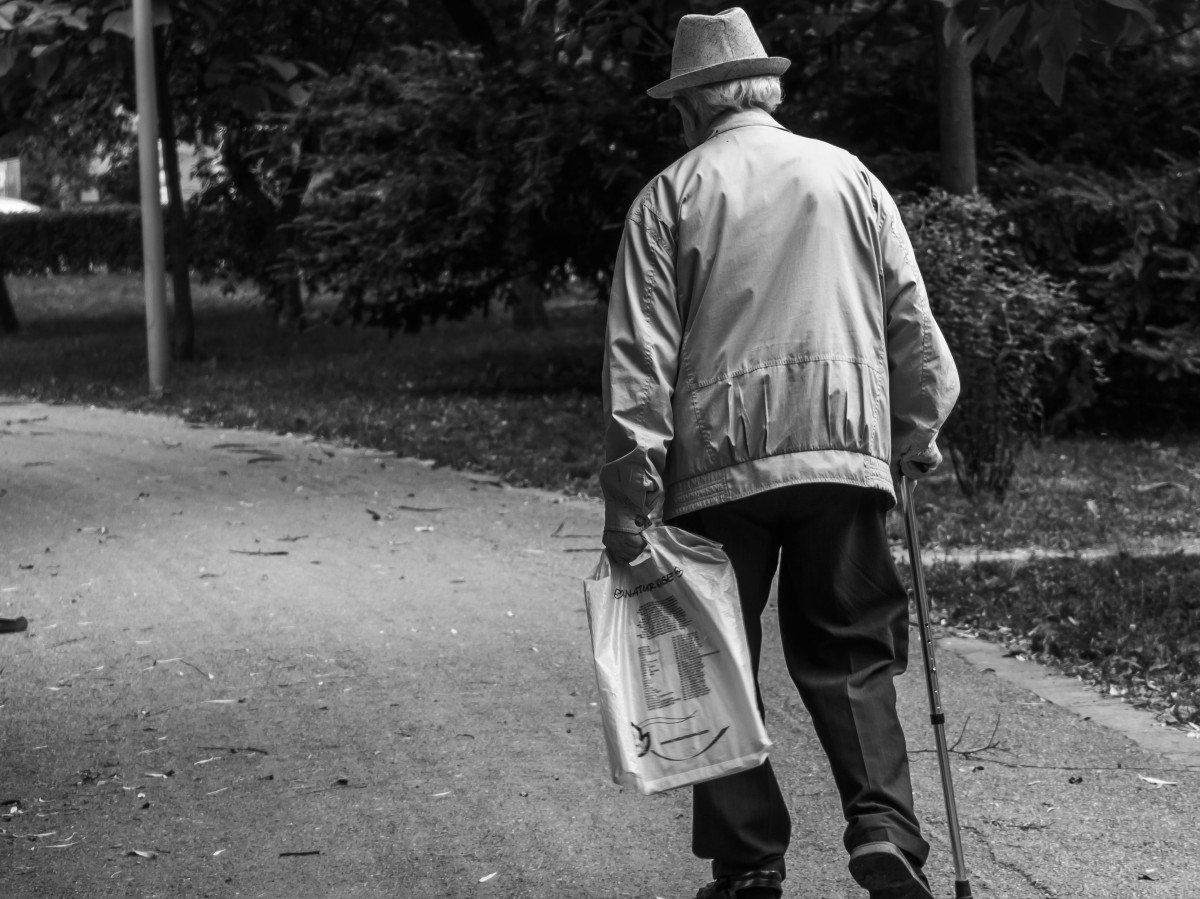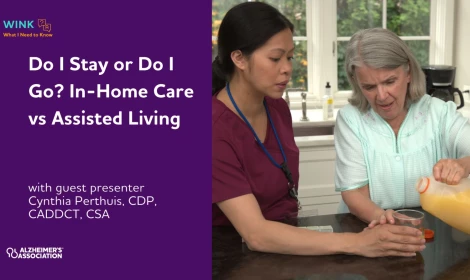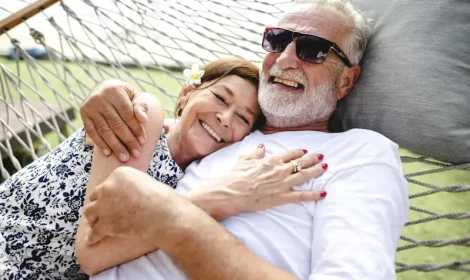Seniors and Isolation - a Growing Health Epidemic
Social interaction and connections are necessary to lead a happy, healthy life - especially for seniors. More than 8 million adults age 50 and older are affected by isolation.

Social interaction and connections are necessary to lead a happy, healthy life - especially for seniors. More than 8 million adults age 50 and older are affected by isolation. That’s 1 in 5. And if the senior has any cognitive decline, the effect of the isolation and loneliness can be even more debilitating.
According to the AARP Foundation, isolation is a growing health epidemic. Their connect2affect campaign states that the health risks of prolonged isolation are equivalent to smoking 15 cigarettes a day. When asked which they would rather give up for a week, 79% of seniors would rather give up watching TV than talking with their friends and family.

Isolation is not caused by a single event. It is the result of many factors that contribute to feeling isolated and alone. And it’s even harder for seniors who struggle financially or with memory issues such as Alzheimer’s or dementia. Contributing factors to isolation include:
- Challenges staying in contact with friends and family;
- Lack of access to quality resources, services, and transportation;
- Declining health, mobility and overall well-being;
- Life transitions: retirement, loss of a spouse, etc.
Issues with the telephone can amplify this problem in many ways. Seniors with memory issues sometimes lose track of the time of day, or call the same person over and over again. False 911 calls can lead to fines for families and frustration for emergency services. Stressed out caregivers often feel the only solution is to take the phone away, but then the senior becomes even more isolated and disconnected. A clear link has been established between physical and mental health and isolation and feelings of loneliness.
Fortunately, there are many ways to help seniors stay connected and engaged:
- Ensure reliable transportation is available for the senior, and they have a purpose for getting out of the house. Visit the local senior center, take part in educational and fun activities, and meet up with friends.
- In the home, provide a simplified means of communication for the senior. A basic home telephone eliminates much of the confusion created by the overwhelming number of features available on most modern phones, both wired and cellular.
- As a caregiver, monitor your loved one’s phone usage. Using a service like teleCalm that blocks unwanted calls can protect the senior and ensure they stay in contact with friends and family.
Addressing these issues can open up a new world to seniors, enriching their lives and the community as well.
Tavis Schriefer is the CEO and Co-Founder at teleCalm. As a caregiver for his mother, he realized the magnitude of issues around helping a loved one with dementia retain independence while keeping them safe from targeted scams and telemarketers. Schriefer founded teleCalm to solve these and other phone-related issues with the mission to help seniors stay safely connected with family and friends, while prolonging their independence. teleCalm’s patented service is currently in 100+ senior living communities and homes across 36 states.
Photo by Vlad Chețan on Pexels





